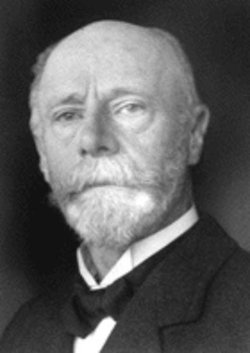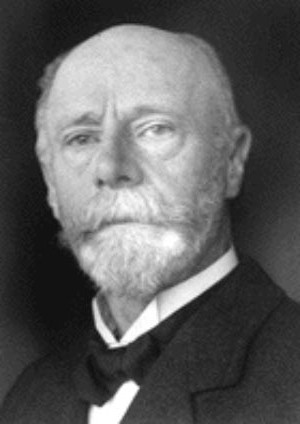Bio by: Linda Davis
Inscription
Willem Einthoven
Geb. Semarang 21 mei 1860
Overl. Leiden 28 september 1927
F. J. L. Einthoven-de Vogel
Geb. Bodjonegoro 7 sept. 1861
Overl. Naarden 31 jan. 1937
Willem Frederik Einthoven
Geb. Zoeterwoude 17 juli 1893
Overl. Japan 15 febr. 1945
Translation:
Willem Einthoven
Born Semarang 21 May 1860
Died Leiden 28 September 1927
F. J. L. Einthoven-de Vogel
Born Bodjonegoro 7 Sept. 1861
Died Naarden 31 Jan. 1937
Willem Frederik Einthoven
Born Zoeterwoude 17 July 1893
Died Japan 15 Febr. 1945
Family Members
Advertisement
See more Einthoven memorials in:
Records on Ancestry
Advertisement






